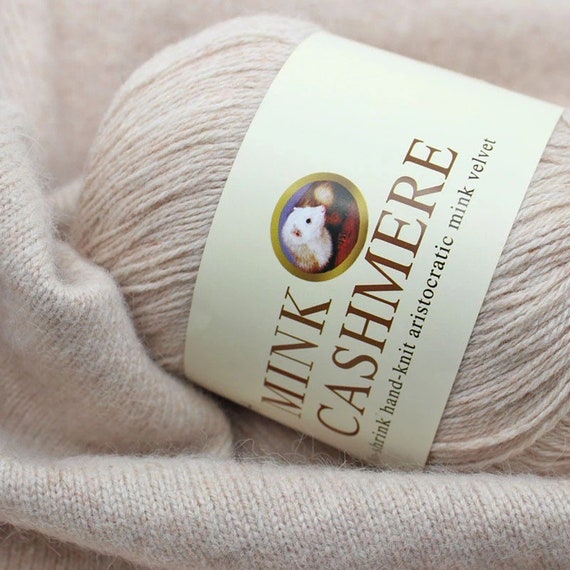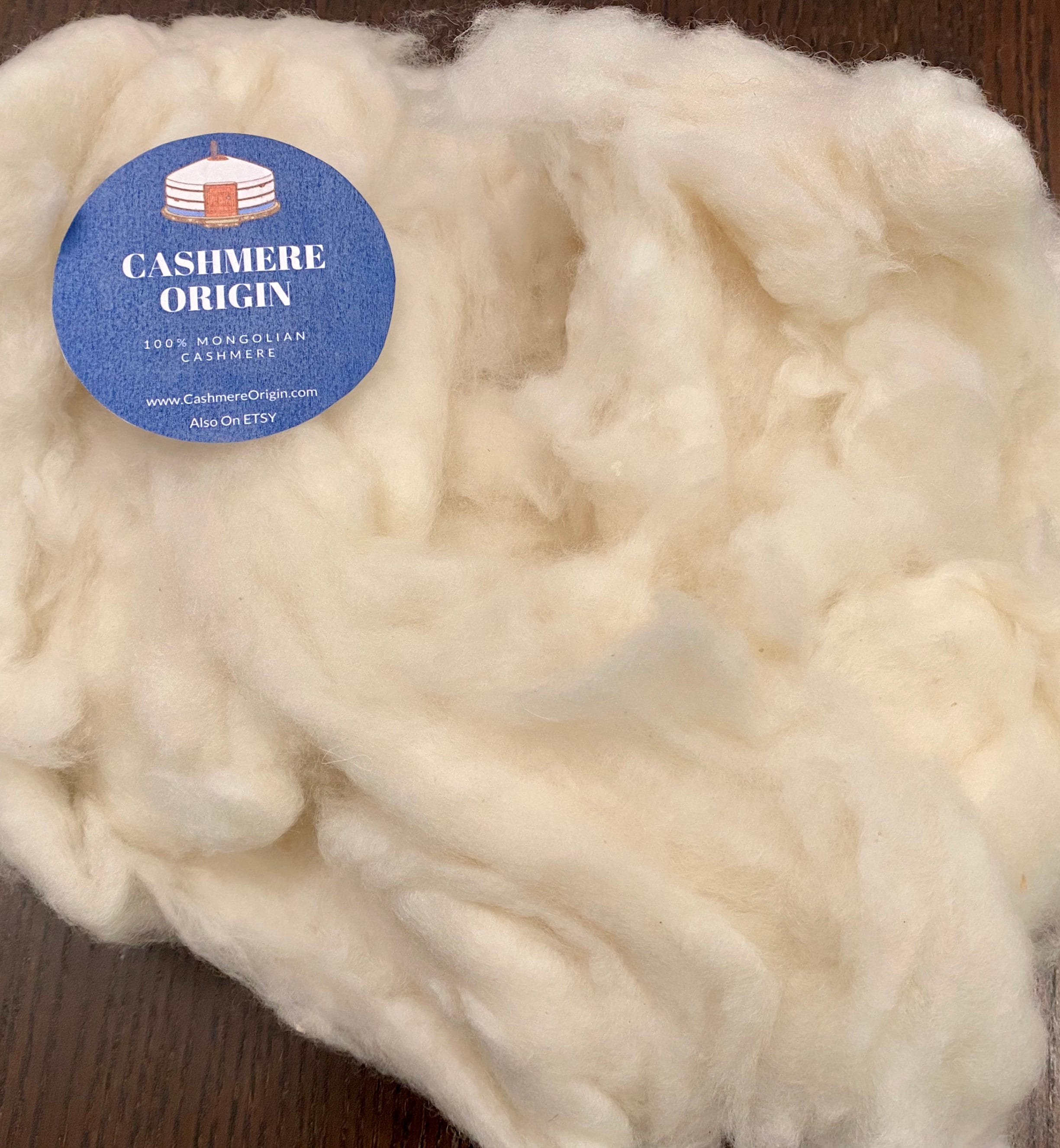The Fascinating World of cashmere: Understanding Its Composition and Uses
Understanding the Various Kinds Of Cashmere a Natural Fiber and Their Special Benefits

The Origins of Cashmere: A Historic Introduction
While the lavish touch of cashmere proceeds to appeal modern-day consumers, its beginnings map back to the harsh, cool environments of Mongolia and the Himalayas. For centuries, the indigenous individuals of these areas have been elevating Capra Hircus goats, the prime source of cashmere woollen. These goats, resilient versus the extreme winter seasons, expanded a fine undercoat to make it through, which later on ended up being known as cashmere. The name itself pays tribute to Kashmir, an area in India where the woollen was at first refined. Much of the very early cashmere profession route was promoted by the Silk Roadway, connecting Asia with the Middle East and Europe. Regardless of its global spread, the finest cashmere is still believed to originate from the initial regions of Mongolia and the Himalayas.

The Production Process: From Goat to Garment
Shearing a Capra Hircus goat notes the beginning of the elaborate cashmere manufacturing process. The resultant raw cashmere is after that cleaned to get rid of pollutants such as oil, veggie, and dust matter.
The clean fiber is subjected to coloring, spinning, and weaving, or knitting, to transform it into a fabric. Complicated treatments such as quality assurance checks and ending up processes adhere to, guaranteeing completion product keeps the extravagant criterion expected of cashmere. This meticulous process, from goat to garment, warrants the high cost connected to cashmere products, making them a symbol of luxury and improvement.
The Numerous Kinds Of Cashmere: A Comprehensive Analysis

The Unique Advantages of Cashmere: Comfort and Sustainability
Moving from the selection of cashmere kinds to the advantages they supply, comfort and sustainability stand out plainly. Cashmere, an all-natural fiber, is renowned for its exceptional gentleness, giving a level of comfort anchor that synthetic fibers can't match. The product's lightness, yet remarkable warmth retention, makes it ideal for all seasons. Additionally, cashmere's all-natural flexibility allows it to return to its original form, making it immune to diminishing or extending.
When it comes to sustainability, cashmere is naturally degradable and sustainable, as it's gathered from cashmere goats who regrow their coats yearly. what is cashmere. Unlike artificial fibers which can take centuries to decay, cashmere's effect on the atmosphere is minimal. This combination of convenience and sustainability makes cashmere a beneficial selection for aware customers

Taking Care Of Your Cashmere: Upkeep and Conservation Tips
While cashmere is most certainly a extravagant and sustainable option, it calls for details like maintain its high quality and extend its life-span. To start, cashmere should be hand washed using chilly water and a mild cleaning agent. Stay clear of turning or wringing the garment as it can harm the fibers. Instead, carefully eject excess water and lay it level on a towel to dry. Cashmere items must be stored in a trendy and dry area, away from direct sunlight and wetness. Making use of moth repellents can safeguard these garments from possible damages. Lastly, it's advisable to prevent hanging cashmere to prevent stretching. Instead, layer and store them appropriately to keep their form and top quality over time.
Investing in Cashmere: Understanding Its Value and Worth
Although cashmere may at first appear like an expensive investment, its long-term value and worth become evident when you consider its exceptional qualities. Recognized for its unrivaled softness and heat, cashmere is a costs all-natural fiber that outmatches various other products. Its high demand and limited supply add to its high cost, yet its toughness guarantees it lasts for many years, offering excellent value for cash. Cashmere items are timeless, often coming to be treasures gave with generations. what is cashmere. Its all-natural protecting buildings offer heat without the bulk of synthetic fibers. Spending in cashmere, as a result, is not practically present fashion fads, however about welcoming a lasting, long-lasting, and lavish lifestyle.
Conclusion
In summary, the type you can try this out of cashmere one selects, be it Mongolian, Chinese, or Italian, is dictated by individual choices for heat, budget, sustainability, and deluxe. Comprehending the beginnings, production procedure, and distinct benefits of various types of cashmere can guide consumers in their financial investment in this extravagant natural fiber.
Whether it's the outstanding warmth of Mongolian cashmere, the cost of Chinese cashmere, or the eco-conscious manufacturing of Italian cashmere, there's a tale to be discovered behind each fiber type. Cashmere, an all-natural fiber, is renowned for its unequaled gentleness, supplying a degree of convenience that synthetic fibers can't match.When it comes to sustainability, cashmere is eco-friendly best site and eco-friendly, as it's collected from cashmere goats that regrow their layers each year. Known for its unequaled softness and warmth, cashmere is a costs all-natural fiber that outshines various other products. Recognizing the origins, production procedure, and special benefits of different types of cashmere can assist customers in their investment in this luxurious natural fiber.